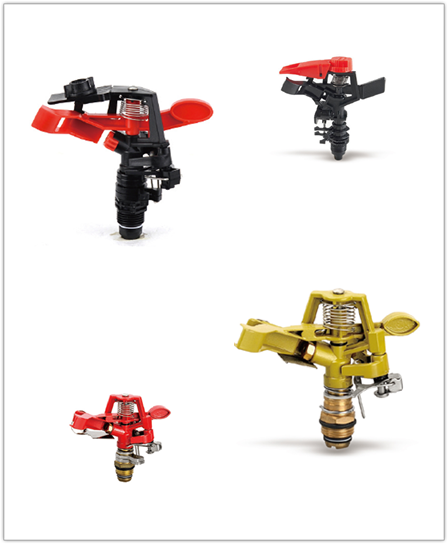

Working pressure range: Different nozzles have different requirements (such as 1-2.5 bar for scattering nozzles and 2-4 bar or higher for rotating nozzles). The system design needs to ensure that the nozzle at the most unfavorable point has sufficient pressure.
Flow rate: The unit time nozzle water output (liters/minute or cubic meters/hour) affects nozzle selection and pipeline design.
Spray uniformity: an indicator that measures the uniformity of water distribution in the entire irrigation area (such as CU, DU), and is the key to the quality of system design.
Water droplet size: affects evaporation loss, soil infiltration, impact on delicate plants, and wind resistance.
Weather resistance/durability: The material needs to be resistant to ultraviolet radiation, corrosion, and freeze-thaw (especially for buried parts).
Control system:
Mechanical timer: simple and economical.
Electronic intelligent controller: It can set multiple programs, multiple time periods, rain delay, and connect sensors (soil moisture, rainfall, frozen soil, meteorological stations) to achieve intelligent irrigation.
Wireless/WiFi/IoT controller: can be remotely monitored and controlled through a mobile app.
Valve: Electromagnetic valve, controlled by controller signals to switch water flow and achieve zone irrigation.
Pipelines: PVC pipes (underground main pipes), PE pipes (branch pipes), polypropylene pipes, etc., need to withstand working pressure.